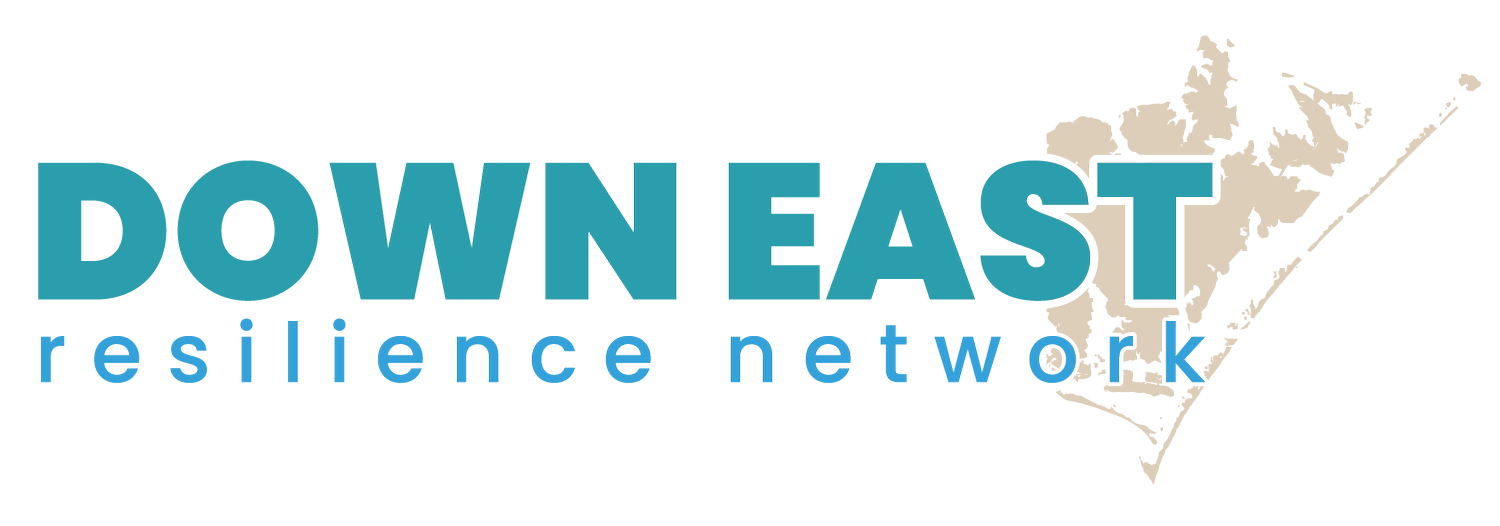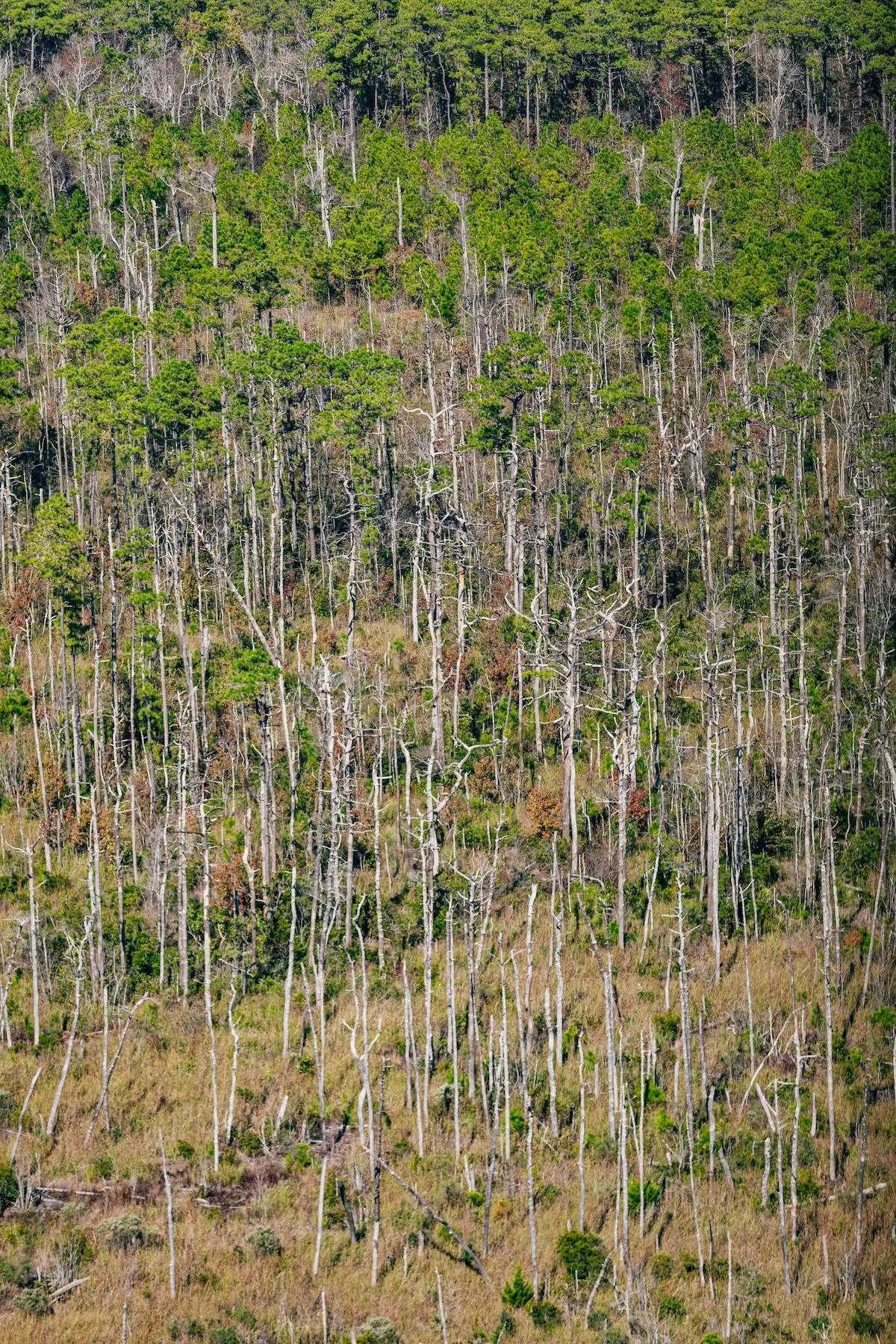Saltwater Instrusion
Saltwater intrusion occurs when saltwater moves inland into freshwater aquifers or coastal freshwater sources due to sea level rise and extreme weather events like hurricanes and storm surges. As sea level rises, saltwater is advancing into low-lying areas and contaminating freshwater sources. Additionally, increased groundwater extraction causes saltwater to replace the freshwater that once was there. Sea level rise and saltwater intrusion are concerning for rural areas and small communities as they may be disproportionately affected by these environmental threats.
WHAT ARE THE IMPACTS OF SALTWATER INTRUSION?
Ghost Forests
One visible impact of saltwater intrusion is the increase of ghost forests. Ghost forests are where vibrant coastal forests once resided, but due to saltwater intrusion, they have been lost. Instead of lush greenery and trees, there now are dead gray trees and stumps. As saltwater intrusion becomes more prevalent, these ghost forests are transforming into salt marsh habitats.
Agriculture
When saltwater moves into agricultural lands, it can reduce crop yields and damage the land.
Infrastructure
Saltwater can also damage underground pipes, leading to issues with wastewater utilities. This saltwater encroachment can impact road infrastructure, causing bridges and roadways to degrade.
ABOUT SWISLR
The Saltwater Intrusion and Sea Level Rise (SWISLR) Research Coordinating Network works to prepare rural communities of both the Atlantic and Gulf Coasts of the United States for saltwater intrusion and sea level rise impacts. This network allows researchers across the United States to discuss similarities and differences in research findings in different communities. There is ongoing research and potential projects Down East affiliated with the larger SWISLR network. If you would like to stay informed about the network you can sign up for the newsletter on their website (www.swislr.org) or join the SWISLR RCN Facebook group.



